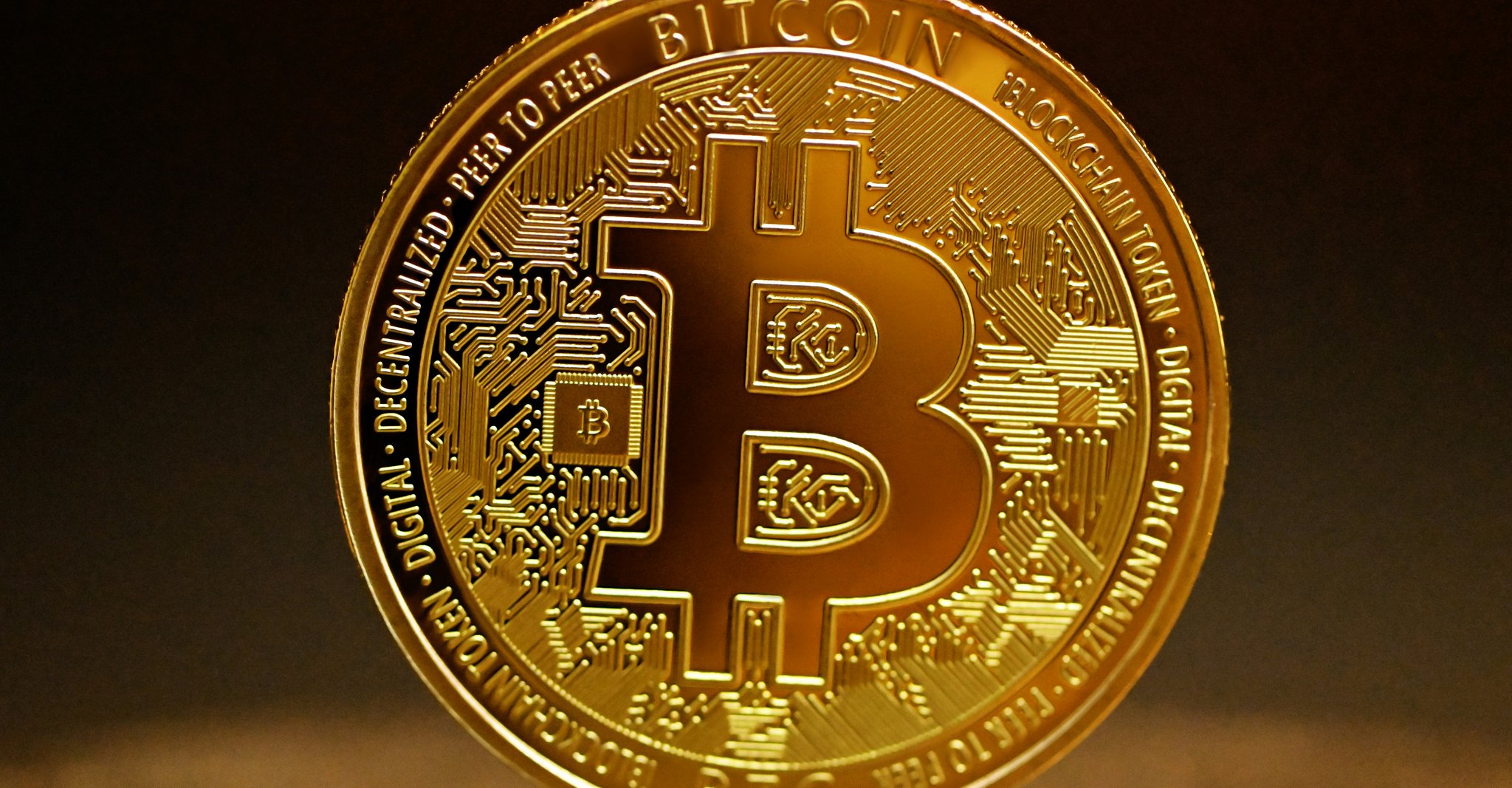Global X Bitcoin Covered Call ETF (BCCC): Canada’s First Semi-Monthly Paying Income ETF
Last Updated:

One cool thing you can do with the iShares Bitcoin Trust ETF (IBIT) is sell covered calls—essentially trading the insane price appreciation potential of bitcoin for insane yield. Because this ETF is so volatile, options premiums are naturally elevated.
For example, as of Monday, June 16, IBIT trades at $61.42. Buying 100 shares will run you $6,142 before commissions. From there, you could sell the July 18 $62 strike call and collect a fat $2.72 premium, or $272 in cash upfront. That’s a 4.4% return in just over a month.
Annualized, you’re looking at a yield north of 50%, not bad for doing nothing but agreeing to sell your shares if bitcoin jumps. Of course, if IBIT rockets past $62, you cap your upside, so this isn’t a free lunch. And with bitcoin currently at $107,971 CAD, many believe the bull run is looking a little stretched.
But this approach assumes you’ve got over $6,000 in U.S. dollars sitting around and the knowledge, tools, and enthusiasm to write call options yourself.
If not, there’s now a hands-off alternative: the Global X Bitcoin Covered Call ETF (BCCC). It automates the entire strategy, and as a bonus, unlike most other Canadian income ETFs, it pays out twice per month. Here's what you need to know.
How does BCCC work?
The mechanics are pretty simple. BCCC holds IBIT shares and sells covered calls on it, but does so on a dynamic basis. That means the team at Global X Canada isn't just blindly writing the same strike prices at fixed intervals. That approach can often leave too much potential upside on the table.
Options markets are fluid. Demand for certain strikes shifts constantly. Changes in implied volatility, spot price momentum, and time to expiration all influence how well-paid a covered call seller is. This is one area where most retail investors are better off leaving it to the professionals, and BCCC delivers just that.
Transparency is also critical, and Global X Canada is setting the bar high here. Every month, they publish portfolio-level options data so investors can understand exactly how the strategy is being managed.
Key metrics include how much of the ETF is covered, how far out of the money (OTM) the calls were written, and how those contracts were positioned by month-end.

So far, it’s been textbook execution. The team left a meaningful amount of upside for price appreciation while still generating strong income, and avoided letting any of their options drift into the money by month-end, preserving capital gains potential.
How do the distributions work?
So far, BCCC has made three distributions, two with ex-dividend dates in mid and late May, and another in mid-June. That suggests the next one is coming soon, and all three have been a steady $0.14 per unit. Based on that consistency, it looks like Global X is using a managed distribution policy.

Here’s what that means: the ETF manager estimates a target level of income based on projected option premiums and portfolio activity, and then smooths that payout over time. To maintain consistency, they might top up distributions using return of capital (ROC) when options income falls short, or use excess premiums to pad distributions when income is strong.
The practical takeaway is that you won’t know the precise tax breakdown of those distributions until year-end. But if past Canadian bitcoin covered call ETFs are any guide, expect a mix of capital gains and return of capital, both of which tend to be more tax efficient than pure income.
Because BCCC is new, Canadian investment regulations prevent it from publishing an official yield until it hits a one-year track record. But we can reverse-engineer it. If the ETF keeps paying $0.28 per month (two $0.14 payouts), that annualizes to $3.36. At the current NAV of $21.26, that implies a 15.8% yield.
That’s right in line with what you might earn selling IBIT calls yourself. But again, the team at Global X has the experience, tools, and scale to do it more efficiently and with less hassle than most DIY investors.

